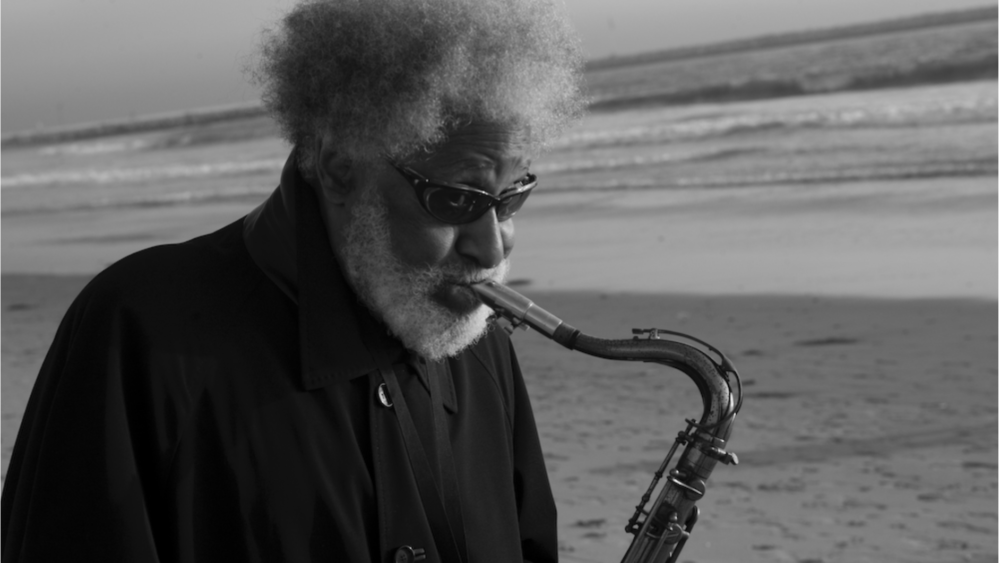Sonny Rollins is probably the greatest tenor saxophone player in all of jazz. His journey from a novice eight-year-old player to today owes as much to effort as to talent. When it comes to building leadership capacity, his life illustrates how technique trumps scheme. But what is technique and what is scheme? The Oxford dictionary defines them this way:
- Scheme: A large-scalesystematic plan or arrangement for attaining some particular object or putting a particular idea into effect.
- Technique: A way of carrying out a particular task, especially the execution or performance of an artistic work or a scientific procedure.
Leave it to Herb Kelleher, co-founder of Southwest Airlines, to simplify it: “We have a strategic plan (scheme). It’s called getting things done (technique).”
Now, back to Sonny. At age 29, with multiple successful albums to his name, Rollins took a three-year sabbatical from performing and recording. He spent those three years practicing 15 hours a day under the Williamsburg Bridge on the Lower East Side of Manhattan, rain or shine. Playing the scales, and improving his fingering and breathing technique. All this so he would be more competent and improvisational in performances. The Bridge
I know. You or I do not have 15 hours a day to practice anything. My small soapbox here is that most leaders have enough strategy and but not enough technique when it comes to mobilizing people to address wicked problems. Building a Rollins-like technique requires practice. Below are some technique building practice elements:
- Start small:Select one leadership capacity you would like to develop. For example, listening. Start with just one capacity. While you are building Rome, remember that framework was needed before the marble stucco was placed.
- The angel is in the details:Read a book, get a coach, study someone you respect. Ask questions and get granular. There is no detail too small to ignore. Understand all that it will take to master this capacity.
- Heat experiences:Locate opportunities to exercise technique inside your daily schedule. You can usually see meetings, people, or situations on your calendar that present an opportunity to “practice.” Be prepared, not surprised.
- Speed of the response:You will stumble and fall; grace is in the speed of the response after the fall.
- Feedback, baby:There is no high performance without timely feedback. Chase feedback. You will accelerate your pace of development.
- Support and coach:Get your team into the act. Help people design their own practices, coach them, and acknowledge their progress.
- Capacity first, oil leaks second:We all have oil leaks, we have been working on them for years and we are better now than before. Start with your undeveloped capacities; things you do pretty well but doing it better would make an impact. You will find developmental momentum with this approach.
Leading is observable. We will never be perfect, but we stand a better chance of being effective if we follow a practice that builds our techniques. Find your Williamsburg Bridge and start practicing.





Comments are closed.